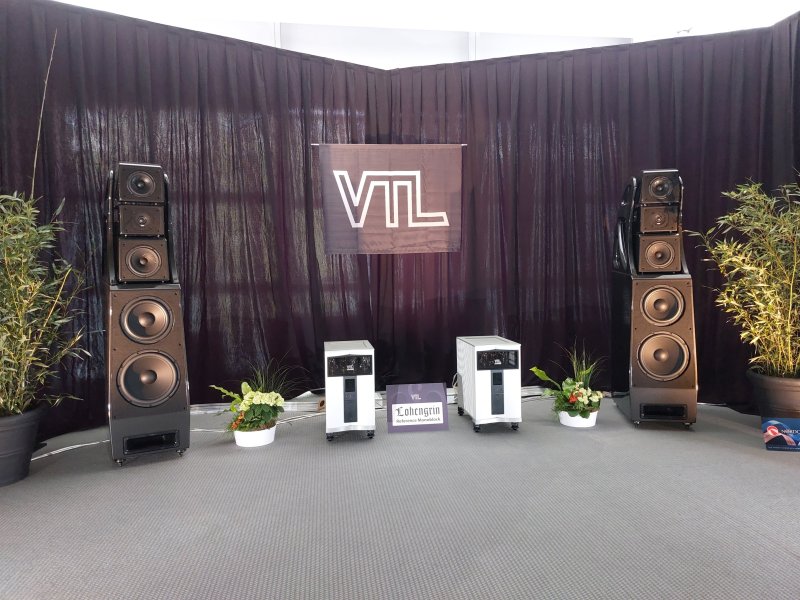Accuton drivers are impressive, but in my opinion, what truly makes a speaker excellent is the cabinet. The latest iterations from Marten, Tidal, and Avalon are very good, Estelon is even better, and Kharma stands out as the best among them. Creating a completely inert cabinet with the proper acoustic shape is what separates these brands, in my view. However, they are all low-impedance designs with relatively low sensitivity.Fascinating...would love to get your thoughts on a few speakers if you have heard them...nearly all of which either used to still work with Accuton: Kharma (of old), Tidal, Marten, Estelon, Avalon and Evolution Acoustics.
All of these use Accuton ceramic, aluminum sandwich or diamond drivers. Apparently, measure exceptionally well, but do have awkward break up characteristics which some have attributed to a slightly whitish sound.
Do you have any thoughts on any of these speakers and this 'generalization' I have heard? While I do like the AG Trio G3s, they are enormous on the floor area when mated with the basshorns...whereas all of the above apparently bear much of the alacrity that panels/horns do well...but when designed well, also possess the bass power that cones do well in the lower bass.
I also listened to the new AG Trios, and I think they sound very good—much better than the old Trios. The improvement over the previous model is significant—so is the price.















